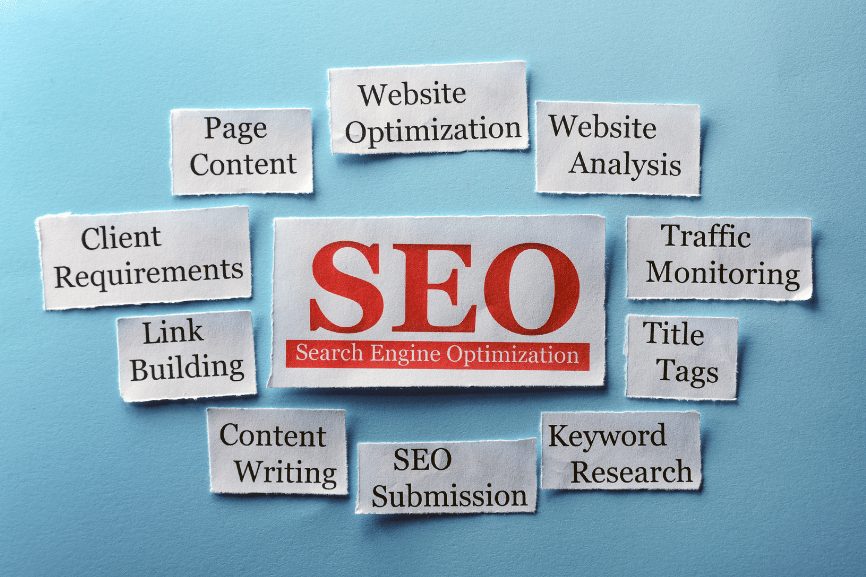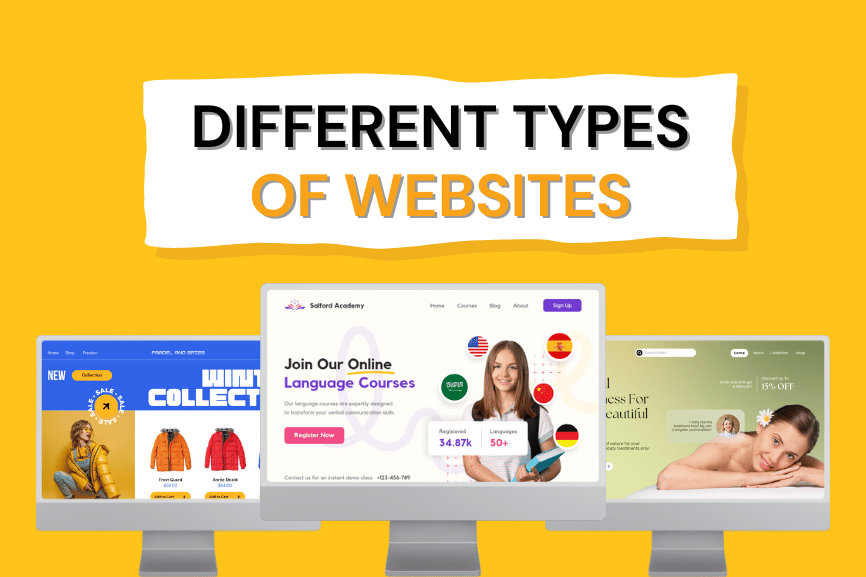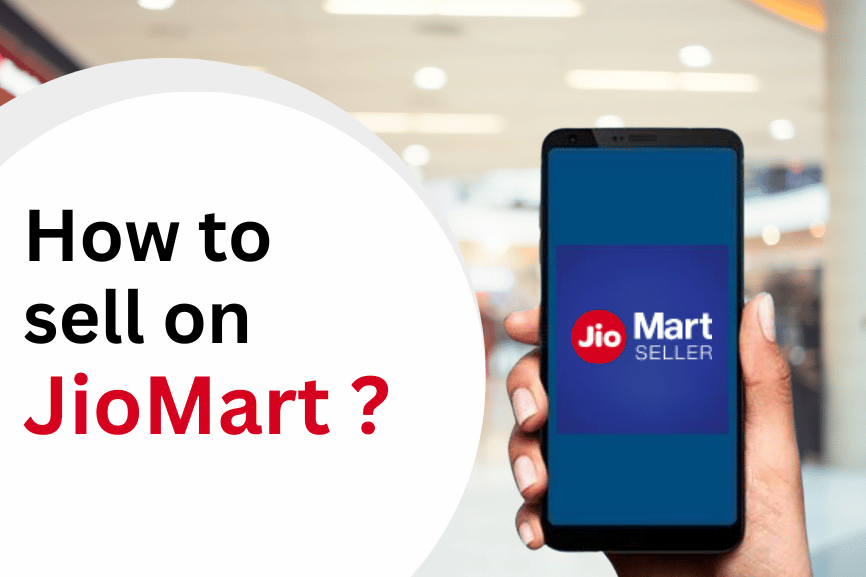Feeling Lost in the Digital Space? Here’s How to Reclaim Your Online Presence
Is your website struggling to stand out? Many businesses feel lost in the crowded digital space. A website that doesn’t reflect your brand or drive traffic can leave you unnoticed. At VICORPORATE, we specialize in fixing this. With better web design and smart digital marketing, we can help you make an impact. Why Your Website Matters Your website is more than just a collection of pages. It’s the first impression many customers have of your brand. If your site is hard to use or looks outdated, visitors might leave before learning about your business. A professional design builds trust. For example, clear navigation and fast loading times make it easy for visitors to stay and explore. If your site also matches your brand’s style, it creates a strong connection with your audience. Simple Design for Big Results Good web design isn’t just about looks. It’s about creating a smooth experience for every visitor. A fast, mobile-friendly site keeps people engaged. Clear calls to action (CTAs) are also important. For example, a “Contact Us” button in the right spot can turn visitors into customers. These small details make a big difference. The Power of Digital Marketing A great website needs marketing to get noticed. Digital marketing tools like search engine optimization (SEO) bring your site to the right audience. At VICORPORATE, we use smart keywords and targeted campaigns to help businesses grow. Our goal is to boost your visibility and drive more traffic to your site. From Invisible to Unforgettable If your website isn’t getting results, it’s time for a change. A strong online strategy can turn things around. With VICORPORATE, you’ll get: Web Design: Simple, professional sites that work. SEO Optimization: Get found on search engines. Digital Marketing: Smart campaigns that deliver results. Business Consulting: Custom strategies for your goals. Let’s Make Your Website Work for You Don’t let your business fade into the background. With VICORPORATE, you can take charge of your online presence. We’ll help you stand out in the digital space. Ready to start? Contact VICORPORATE today and let’s create your success story.
Feeling Lost in the Digital Space? Here’s How to Reclaim Your Online Presence Read More »











